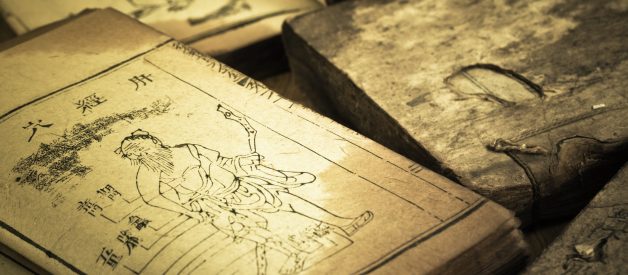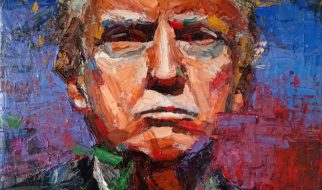By The Human Origin Project
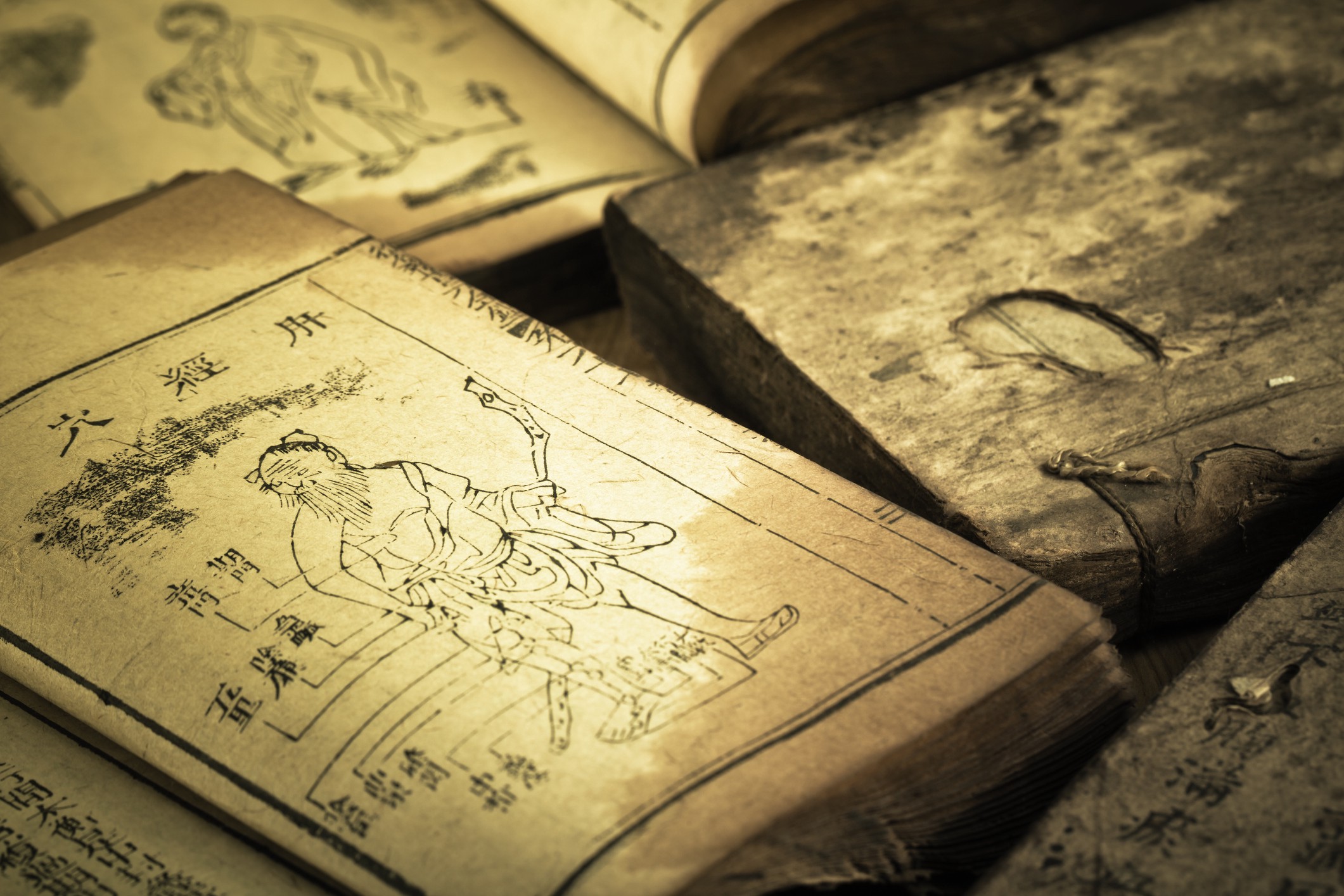
The Chinese Calendar dates to the 14th century BCE. To fully understand, we must look at the solar cycle, lunar phases, and zodiac astrology.
A staggering two billion people use the Chinese calendar. It?s most widely known for the holiday, ?Chinese New Year.? The day is celebrated by about a quarter of the world?s population.
If you don?t celebrate Chinese New Year, you?re missing one of the biggest parties on the planet. However, very few people fully understand how the day of the festival is chosen. The date of Chinese New Year falls on a different day each year.
Fewer people understand how the whole Chinese Calendar works. The entire system involves when Chinese New Year falls with lunar cycles and ancient astronomy including the Chinese zodiac.
In this article, we?ll explain everything you need to know about the Chinese Calendar.
What calendar does China use?
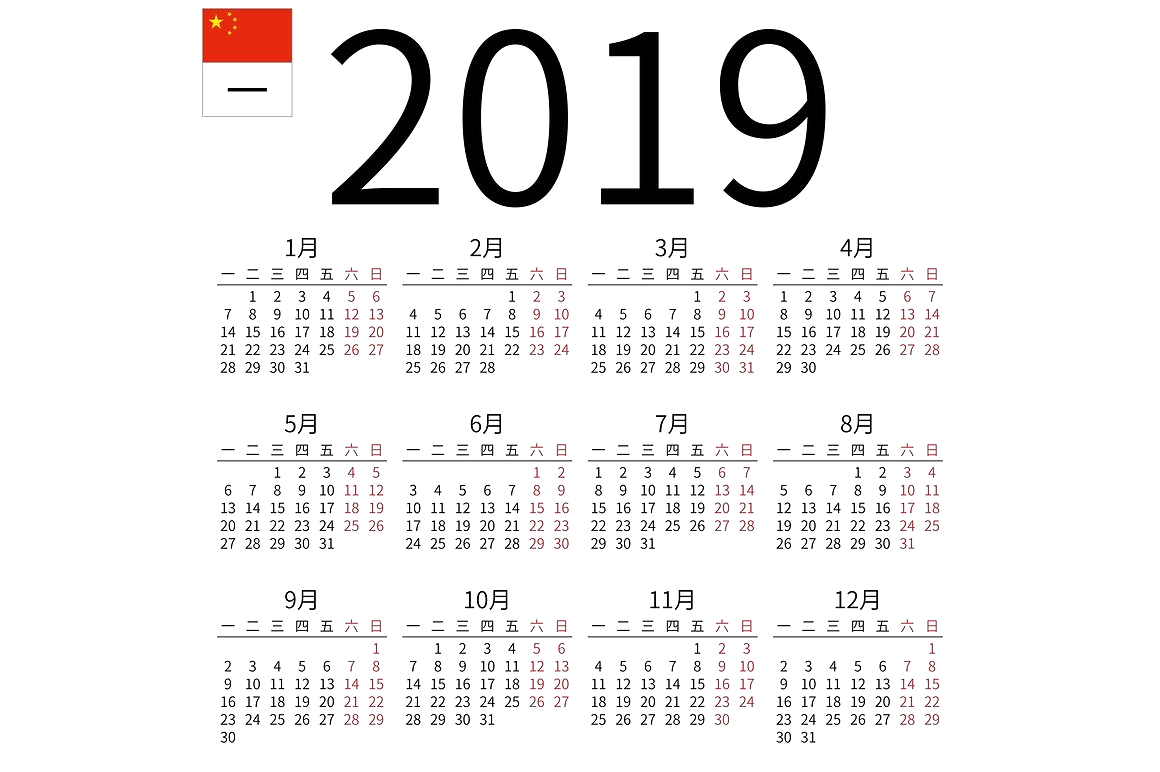
The 2019 Chinese Calendar with Chinese New Year and twelve lunar months.
Today China has adopted the Gregorian Calendar for official purposes. Yet, many people hold to the traditions to celebrate the Chinese New Year. The ancient system dates to the 14thcentury BCE and records astronomy beyond a purely solar calendar. It is a Lunisolar system, and parts of the calendar include the Chinese zodiac.
Like the solar-based Gregorian calendar, the Chinese Calendar year is made up of twelve months. It equates to twelve complete lunar cycles.
There are also leap years where thirteen months fall in a year. The extra month is added roughly once every three years. Like leap-years in the Gregorian calendar, the purpose is to re-align the calendar with the seasons. However, it appears to be a much more accurate system than the modern version.
Calculating the leap years is also tricky. As a general rule, seven leap months are added across a nineteen year period.
The Chinese month & new moon cycle
The arrival of a new moon determines the first day of the month. In the lunar cycle, the new moon is when the surface is entirely dark (opposite to full moon). During the month it grows from a crescent moon to full moon and back to the dark new moon.
The night of the new moon rising is regarded as the first day of the month. Regardless of what time it rises the beginning of that day marks the start of the month. Suppose the new moon rises at 8 pm, the entire day is the first day of the new month.
If you track the lunar cycle, you?ll find it shifts from month to month. That means the number of days in a month will change from year to year. It depends on watching the moon phases.
The ancient Chinese civilization observed these at the meridian line 120 degrees east to avoid conflicting results.
Over time, the length of a Chinese year changes between 353 and 355 days, and 383 and 385 for leap years.
Like all ancient calendar systems, the Chinese Calendar adjusts as the astronomy changes.
The Chinese Calendar year and zodiac signs
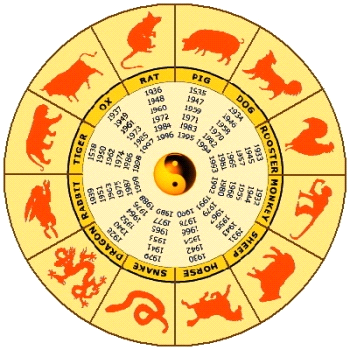
The Chinese Calendar contains a longer count zodiac coinciding with elements aligned with the twelve zodiac animal signs.
The Gregorian year is made up of twelve months that complete a year. The Chinese calendar is arranged differently.
Twelve years make up a larger cycle of time known as the Chinese Zodiac. It has zodiac animals, each relating to a specific year.
The twelve animals that make up the Chinese Zodiac Signs include:
- Rat (Zi)
- Ox (Chou)
- Tiger (Yin)
- Rabbit (Mao)
- Dragon (Chen)
- Snake (Si)
- Horse(Wu)
- Sheep (Wei)
- Monkey (Shen)
- Rooster (You)
- Dog (Xu)
- Pig (Hai)
Each year is named after an animal.
For example:
2018: Year of the Dog
2019: Year of the Pig
2020: Year of the Rat
The cycle continues through the twelve-year zodiac animal signs.
A dual solar and lunar calendar
The Chinese calendar is a Lunisolar calendar. That means it uses both the sun and moon to mark the years and festivals.
A solar year consists of 365 days. It calculates the time it takes the earth to make one full revolution around the sun ? the most well-known calendar system in the world
The Gregorian system is a purely solar calendar.
The Chinese calendar uses moon cycles to mark the start of months. For years, a count of the sun and moon are used.
Within the process, there?s a difficulty. Lunar years are eleven days shorter than solar years. On average, the lunar year consists of just over 354 days (354.36707 to be exact).
A Lunisolar calendar calibrates solar and lunar years. Specific phases of the moon are used to determine the starting of months and seasons, as well as working out important new year festivals.
The solar year is calibrated by the December solstice (December 21). It?s the time the sun reaches its most northerly or southerly path with the tilt of the equator.
The Chinese New Year occurs as the second new moon after the December Solstice.
Let?s explore the calculation of the Chinese New Year.
Which Countries Celebrate Chinese New Year?
The Lunisolar Chinese New Year Calendar is celebrated across the world.
Countries that have a national public holiday to celebrate Chinese New Year include:
- China
- South Korea
- Indonesia
- Singapore
- Malaysia
- Brunei
- Taiwan
- Hong Kong
- Laos
- Vietnam
- Christmas Island
Calculation of the Chinese New Year has a set of rules. However, many exceptions can make things confusing.
Generally speaking, the Chinese New Year falls between January 21 and February 21.
The precise date is the second new moon after the December solstice (December 21)
Each year the date is pushed back by 10, 11, or even 12 days compared to the previous year. It?s always true unless the New Year will fall outside the range of Jan 21 to Feb 21.
If it does, a leap month is slotted in. In leap years, Chinese New Year day will instead jump 18, 19, or 20 days ahead to continue the pattern.

Dates of Chinese New Year from 1996, 2019, up until 2031.
There is also another way in which the Chinese New Year is determined. The date that the new moon arrives which is closest to the beginning of spring. It is also used as a marker for the date.
This is the reason the festival is also known as the Spring Festival. It isn?t a foolproof way of calculating the day. The beginning of spring falls on or around the 4th of February. There is often confusion as to which new moon is the closest.
The problem is highlighted by a very late or very early Chinese New Year. Here the new moon could land evenly spaced before and after February 4th but still within the dates of January 21 and February 21.
The 60-year Jupiter element cycle

The celestial branch elements of the Chinese calendar.
Along with the Chinese Zodiac, there is another longer count to the Chinese calendar that measures the orbital period of Jupiter.
It is a 60-year cycle that incorporates the twelve animals of the zodiac. These zodiac animals are the ?terrestrial stems? which are mixed with ten elements or ?celestial branches.?
The celestial branches or elements include:
- Wood (Jia)
- Cut Timber (Yi)
- Fire (Bing)
- Artificial Fire (Ding)
- Earth (Wu)
- Pottery (Ji)
- Metal (Geng)
- Wrought Metal (Xin)
- Running Water (Ren)
- Stagnant Water (Gui)
It is a combination of these branches and stems that make up the 60-year cycle beginning with ?rat-wood? (Jia-Xi) and running sequentially through until the year ?pig-stagnant water? (Gui-Hai).
During this period, leap months don?t come into the picture, meaning it is difficult to predict specific years, as some are longer than others.
Instead of leap months, some years in this period are just given an extra long month to make up for the extra days.
In Chinese astrology, the year, month, day, and even hour of birth calculates a specific astronomical moment. Within the 60-year Jupiter cycle, it helps to keep track of these times.
Its origins may be traced back to the 12 months of the year, interlaced with the ten days of the original Chinese week.
Conclusion
The Chinese calendar has been tweaked and updated for at least 5000 years. Although China has now adopted the Gregorian system as its official timekeeping method, the ancient Chinese Calendar is still followed and referred to for astronomy and ancient practices.
Calculating the Chinese New Year requires the measurement of both the solar and Lunar Calendars. It is a system far more complex than a purely solar calendar.
There are quite a few mysteries concerning the tradition. Perhaps most notably its origins as well as the meaning of the animals of the zodiac.
Today you can use the Chinese New Year and also Chinese zodiac to calculate your birth animal.
Now it?s up to you.
What do you find most fascinating about the Chinese Calendar?
Leave your thoughts in the comment section below.
Further Reading:
- http://edsitement.neh.gov
- http://chinese.astrology.com
- http://chinesezodiac.com
- http://www.math.nus.edu.sg/aslaksen/calendar/cal.pdf
